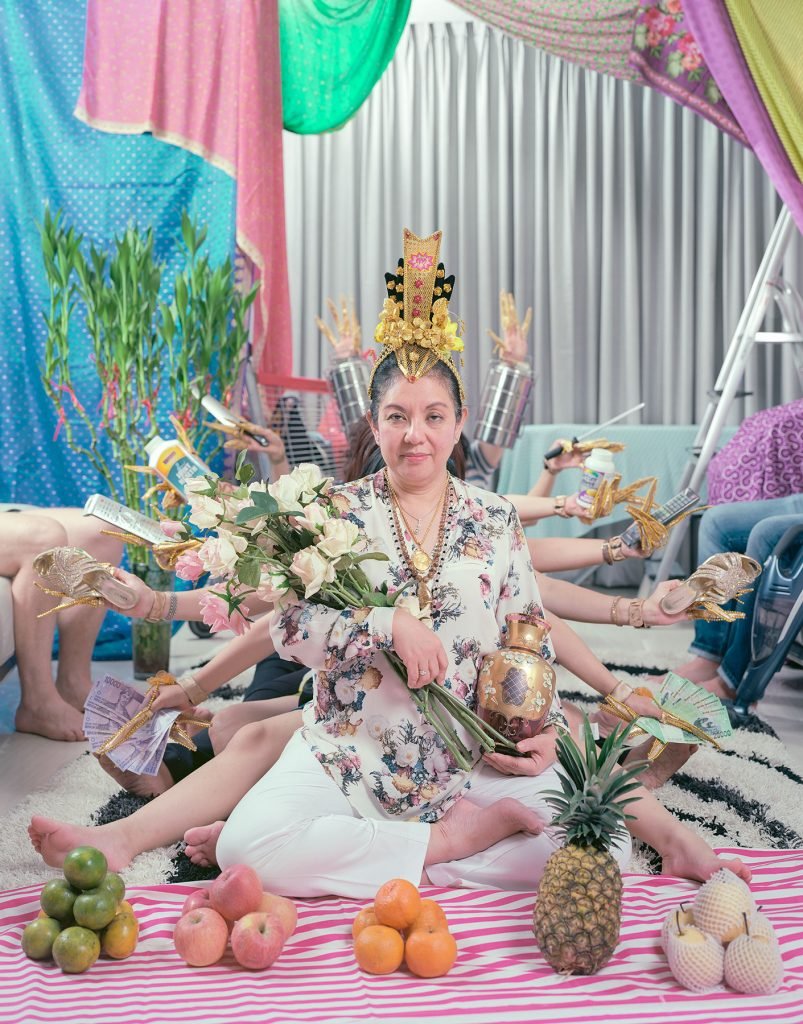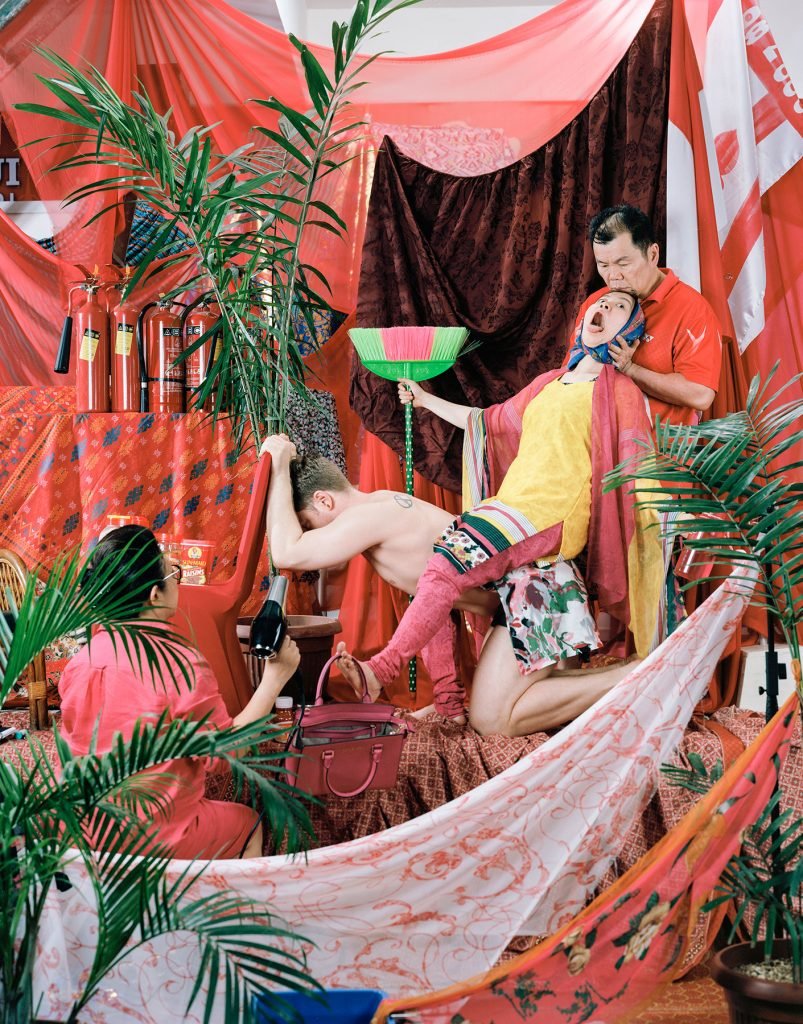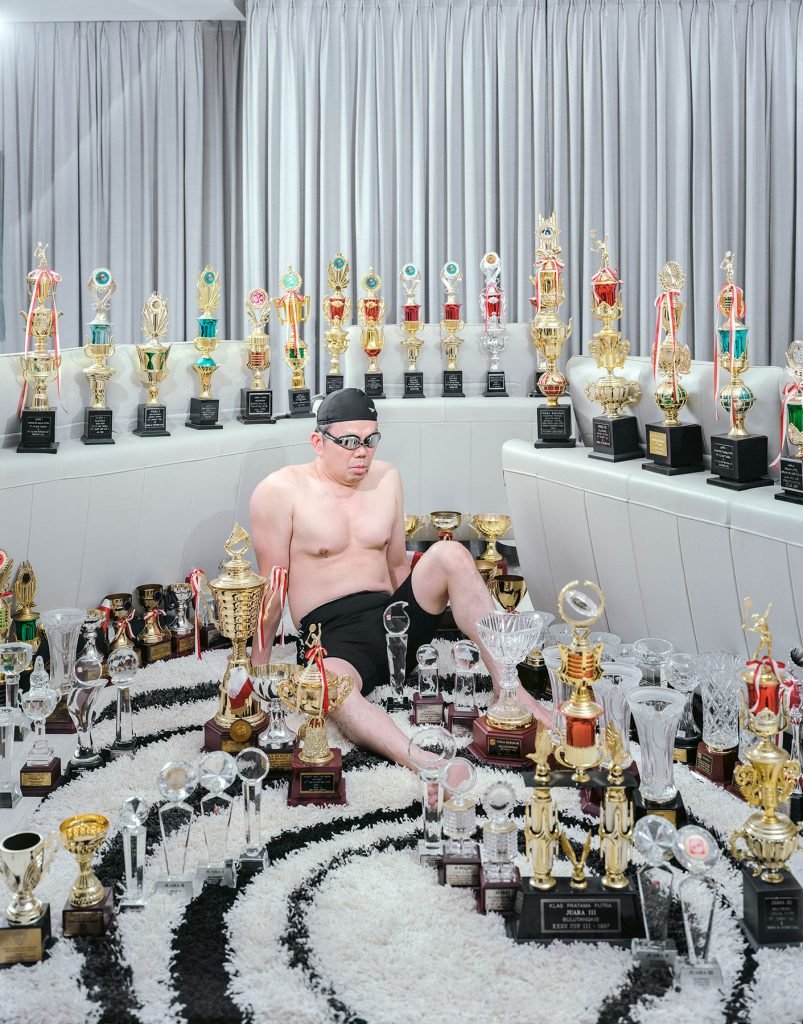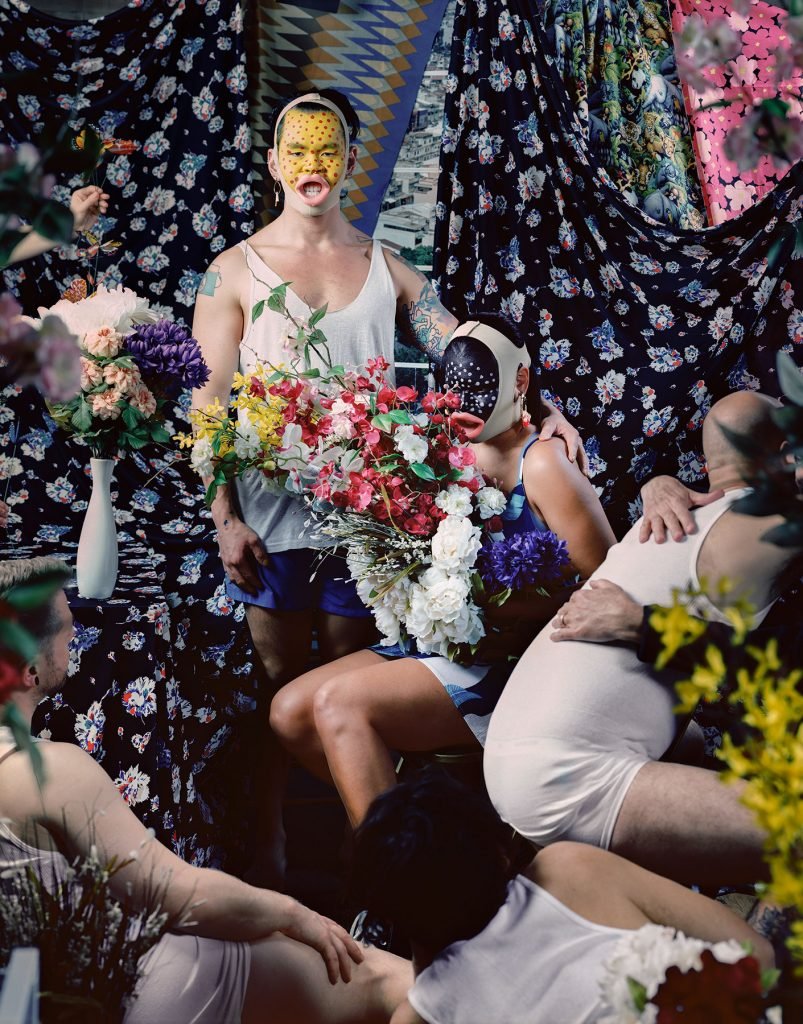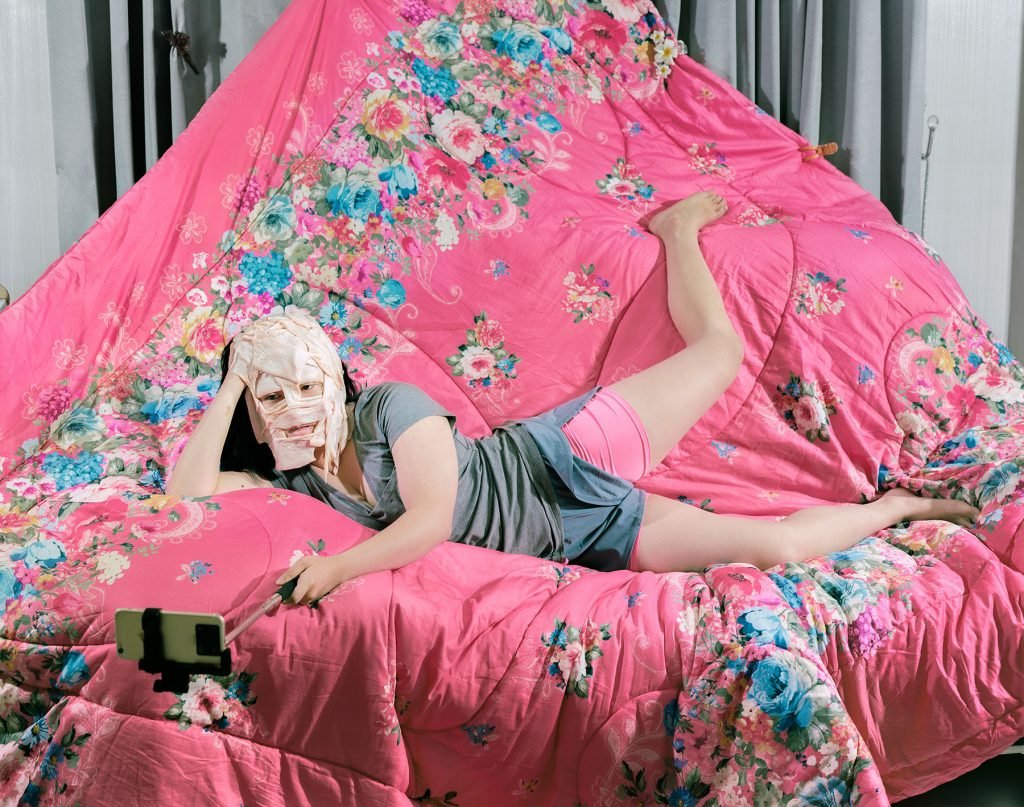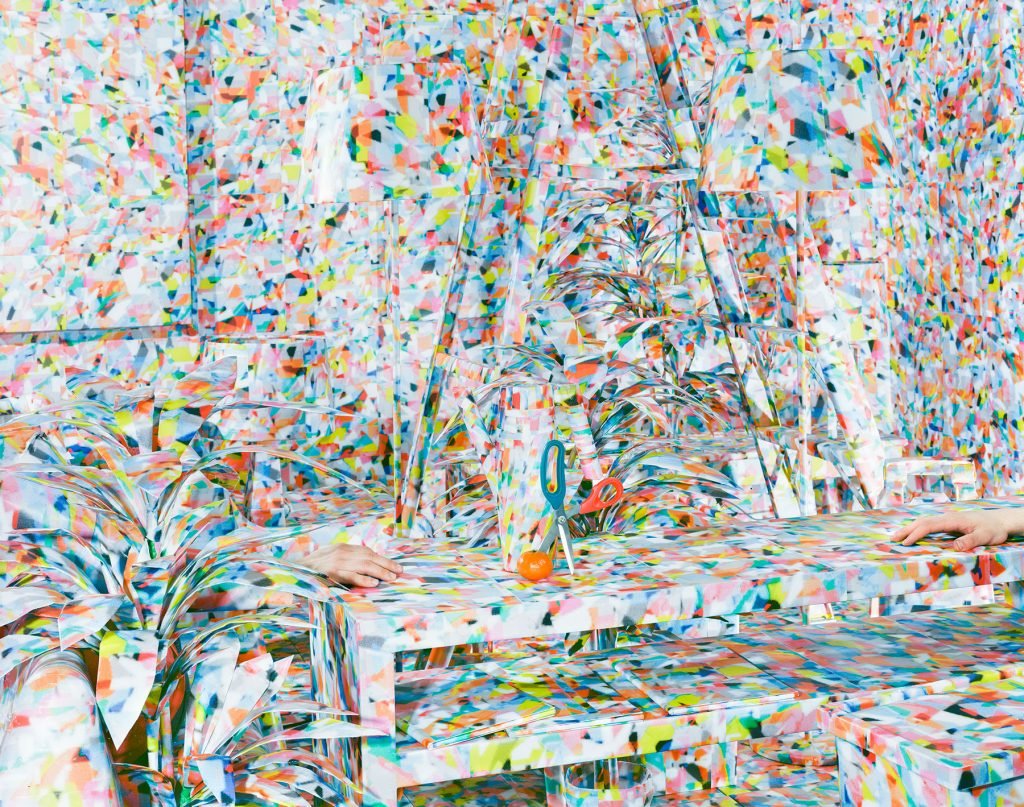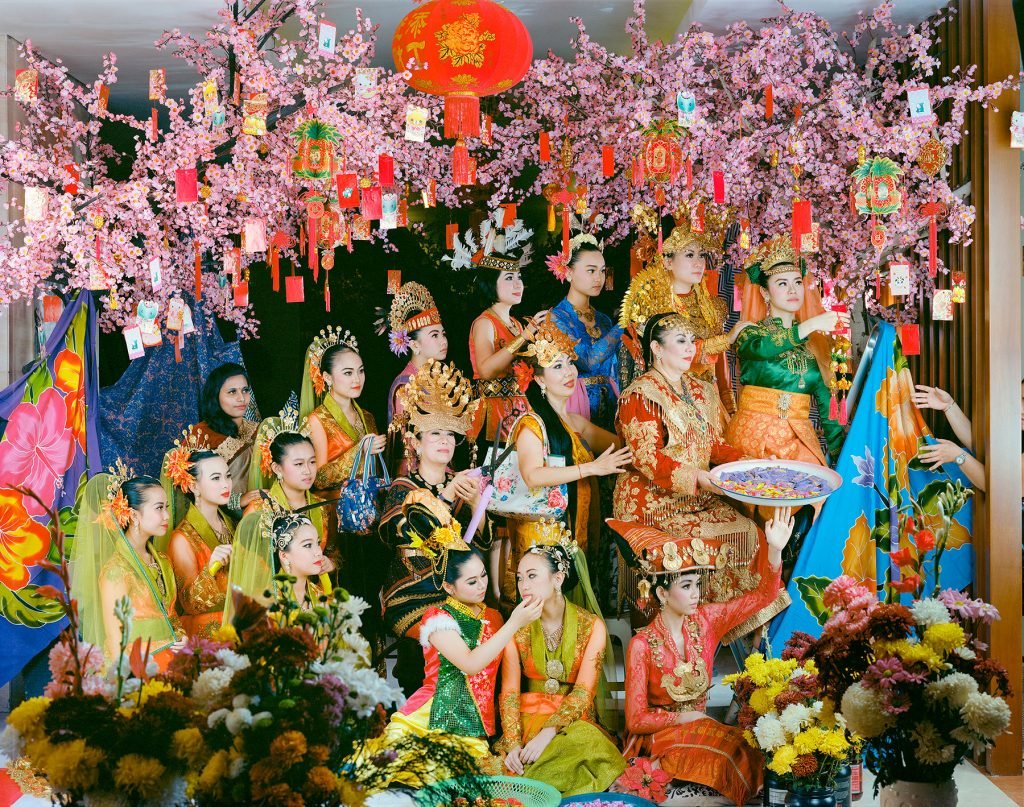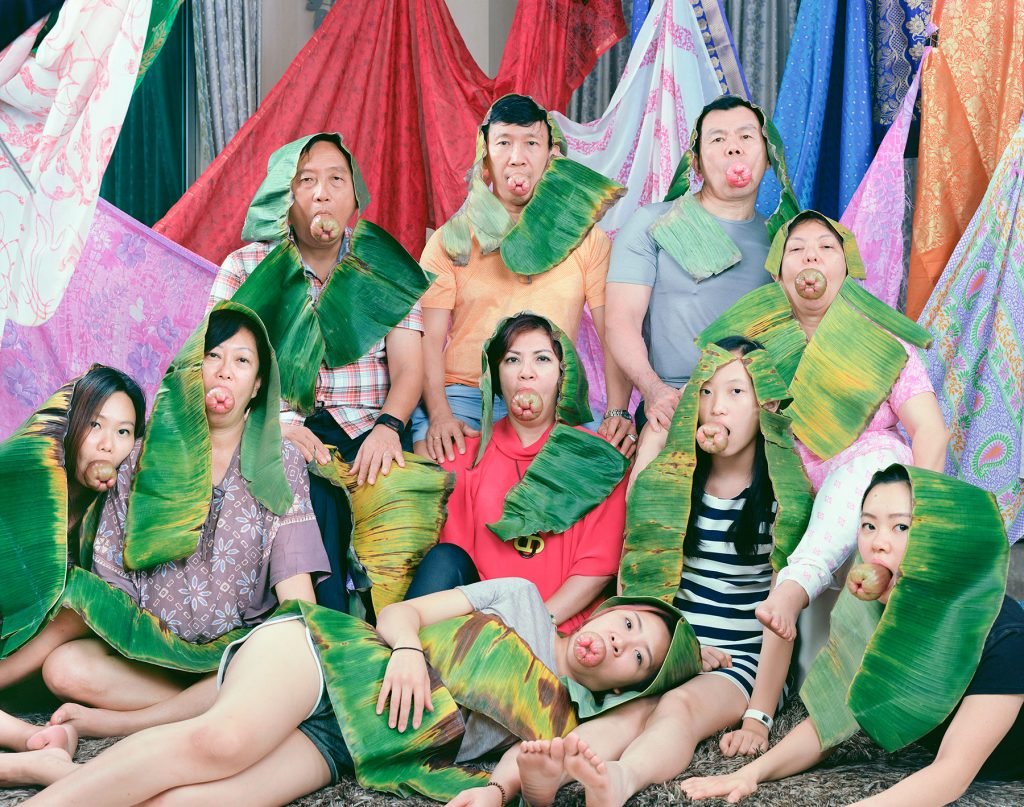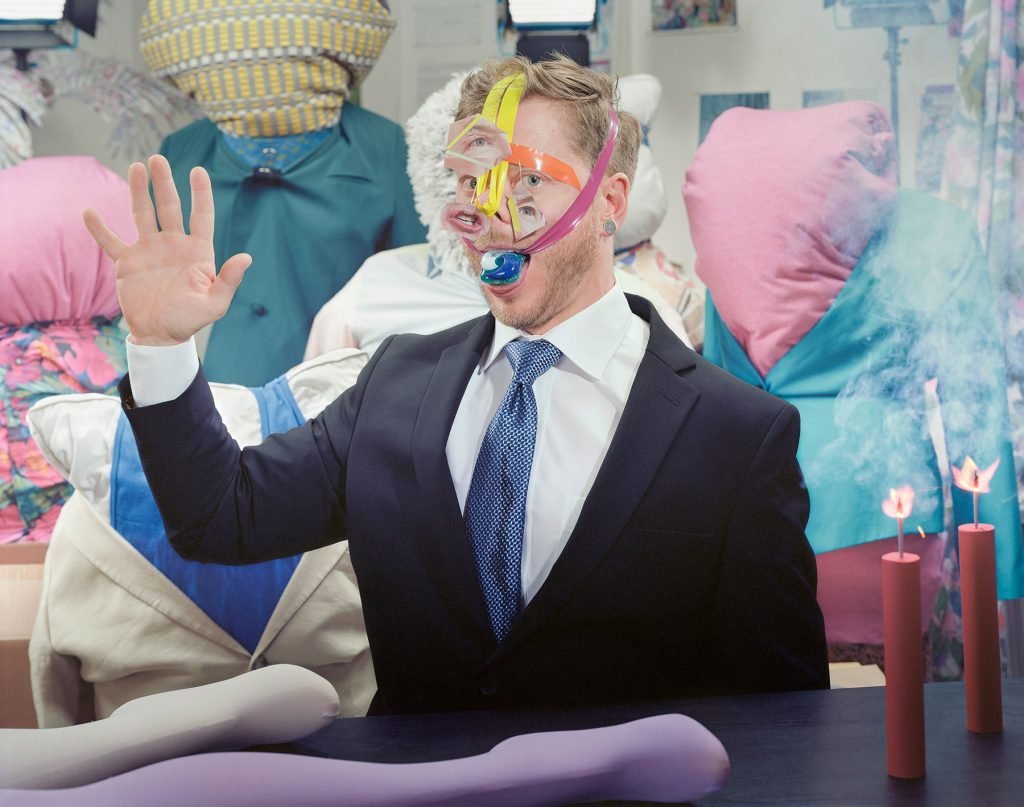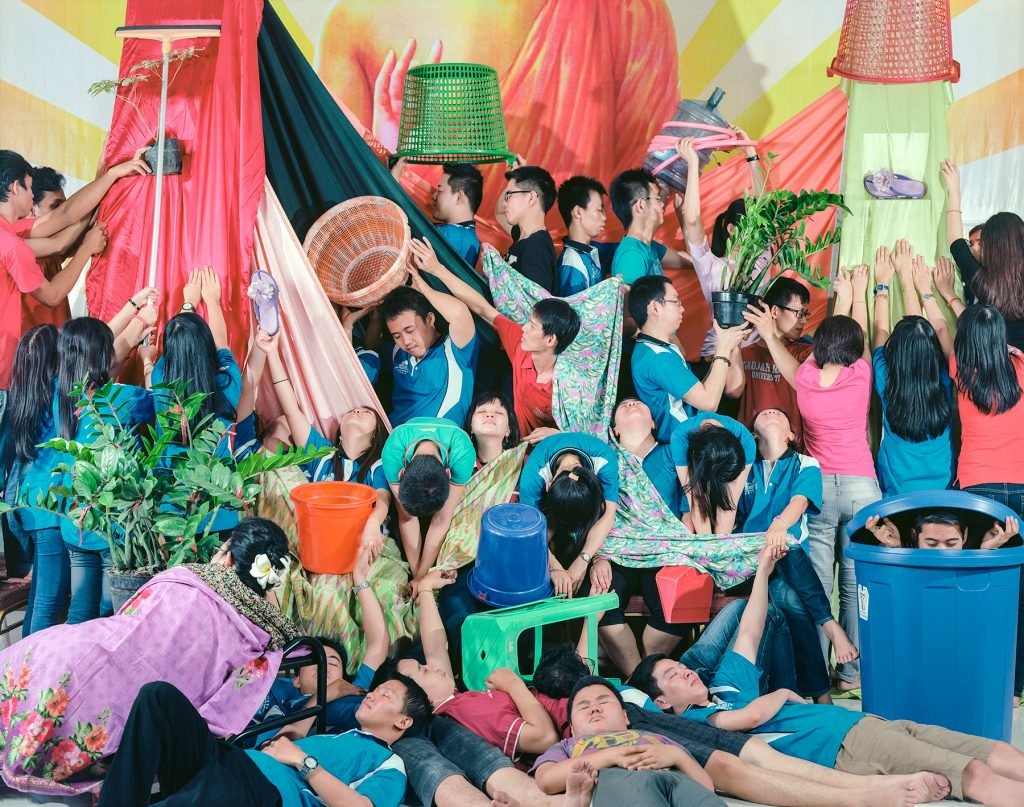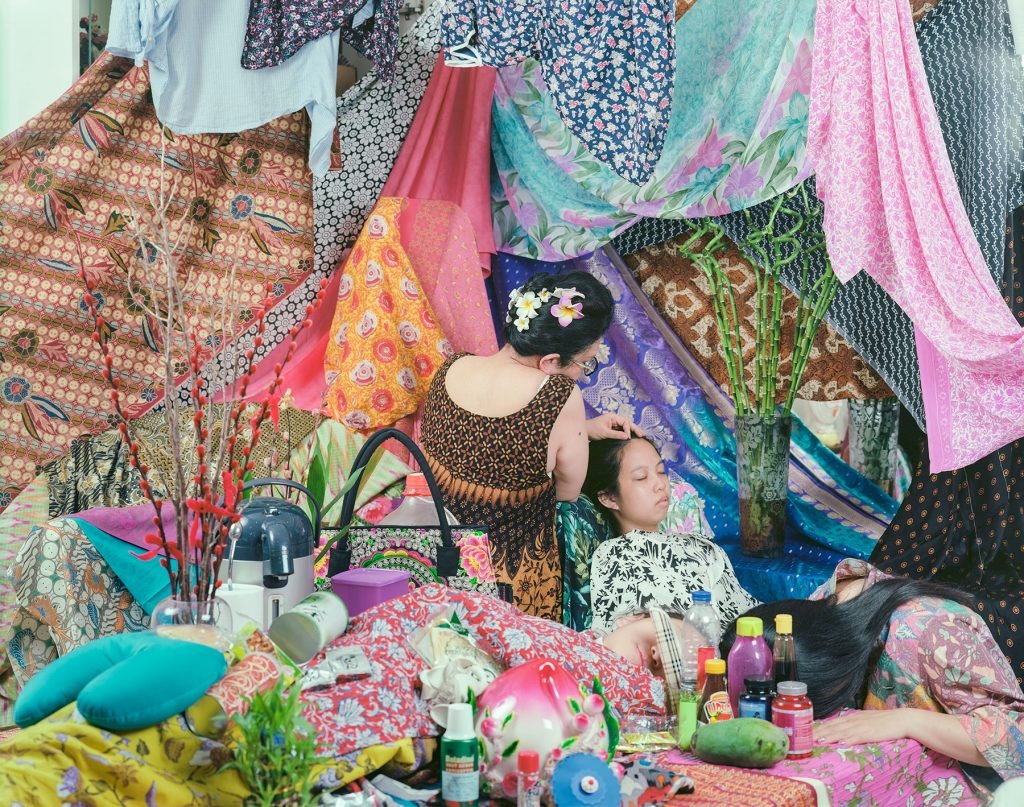Giangiacomo Cirla: First, I’d like to ask you a question about the medium. Observing your work we immediately perceive that we are faced with a powerful expression of protest through the use of visual communication. A strongly autobiographical work, result of a life lived that needs to be told through the most appropriate means. Photography as a testimony of the experience. Can you tell me how you use photography and video, and how they have become your language?
GC: Which is no small, among the many difficulties you have experienced you’ve managed to create a unique and highly recognizable language; certainly also emphasized by the presence of people close to you who return to the various projects and the way you work on the scenic aspects.
Is this aspect the result of a will or was it born spontaneously?
LS: I have a very unique way of processing information. I am always skeptical of myself and my reality. Maybe it’s low self esteem. Maybe it’s feeling disempowered. Maybe it’s politeness. Maybe it’s impostor syndrome. Maybe it’s oppression. Maybe it’s depression. It could all be so simple, but I’d rather make it hard somehow. Ms. Lauryn Hill’s “Ex-factor” illustrates the relationship I have with myself perfectly.
When faced with my own mortality, I eventually found a moment of clarity. It took resilience and creativity to get to a place where I could see myself as a powerful being. I value the people in my life and the hardships I’ve experienced. They teach me so much about learning and unlearning — I’m so much more powerful today because of them.
When I exercise my power, I try to prepare as much as I can and I trust myself to pursue any impulse that arises. I use both approaches as a problem solving mechanism in making work. It’s like a structured improvisation in an act of self acceptance and discovery.
GC: And what about the reasoning behind the design and realization of the scenographies present in many of your works? how do you create your sets?
LS: I’m usually so inspired by the things I encounter that I make it my objective to honor them: the people, the architecture of the space, the exchanges we have and the ideas we share. I gather what I need, then I use their fabrics, their prized possessions, their pantry, their decorations, the artifacts they have, and their collections of quirky objects to help me set up the stage. I arrange all of the components in the frame to communicate what I’d like to share or pursue.
Sometimes, i have no idea what it is that i am doing or trying to say. In those instances, I make work to visualize the questions I have. What can I make happen here? What new possibilities can I conjure
Another way to answer the question, it costs me money to take a photo with a large format film process. Being the frugal and resourceful self that i am, i’m gonna make sure that i don’t waste money photographing things looking basic. I rely on things I can find at locations not as a way to be cheap but it is the best way to communicate their participation, collaboration and consent, as well as communicate my excitement and persistence. My task is to cast a beautiful light on these combinations of things to make a great exposure. That is the best I can do in remembering and sharing that moment.
GC: I find it very interesting how behind such a colorful, funny and superficially light aesthetics there is an environment of fear and trauma. It seems to me to be a lucid reading of the contemporary, a desire to address certain issues without having to sacrifice the most extreme aspects and so, for example, when there is the joy it does not exclude the presence of messes…
LS: yes your interpretation is correct. At the end of the day, what I want to communicate is my humanity. My experience as a human is not void of hardships and adversities. It is impossible to celebrate my triumphs without considering the challenges I’ve faced.
GC: Can your work be defined as a representation of a world of chaos and confusion?
LS: I almost don’t understand the question. I never have the privilege or the luxury to see the world without chaos and confusion. So I don’t think my work can be defined as a representation of a world of chaos and confusion.
My work is about the reality of my world. Not a representation of the world. My work is how I process the world. It is my experience of being in the world. I possess the power to communicate multiple different perspectives in one instance. My work is a vision of the world that validates multiple ways of being and multiple specificities at once. You get the good and the bad. The funny and the horror. The happy and the terror. The despair and the hope. But with Covid and all, nowadays I try to focus more on the happy.
Although the time and place may feel inconducive, I try my best to make it hospitable and learn from my encounters. In that process I get to see the beauty of being alive. So what you see in my work is my commitment to life and living. The chaos and confusion of being in the world taught me to be empathetic, compassionate and responsible. I hope when you look at my work, you are reminded that it’s more important to be compassionate and responsible than being right.
GC: Your practice is, without any doubt, about the reality that you live, so much so that when I look at your various projects, from the first ones to those of today, I can enter into an intimate place in which I clearly perceive your way of being, of living. Personally I started to get an idea about you by watching “From Mom: To Me”…
LS: I made “From Mom: To Me” as a parting gift for my mom when I came out to her. As a student in America and far from my home, death in the family was my ultimate fear. Because I was alone and isolated here, I often wondered if I died, how soon would my family hear about it. Like who’s gonna inform them? Would they know how to reach them? Would they know which phone number to dial or how to communicate in a different language?
In 2013, my grandmother died unexpectedly. I hadn’t seen her for almost two years. It happened during the time when I was going through grad school interviews. And I wasn’t able to see her body one last time because it would have taken me a few days to reach my hometown travelling from California. At the time, my mom told me to stay, do my best in my interviews and finish what I started. She told me that’s what my grandma would’ve wanted and that I could still reach her through my prayers.
Experiencing such loss and grief, I took my grandmother’s passing very hard. To this day it is one regret that I still carry. I have photos of her and us together, but there is no word exchange, letter, text message, video, voice recording or anything that could give me proof of our love, affection and connection. Fearing another regret in my life, I gathered up the courage to take responsibility for my own life and be honest about being queer. I was prepared to face any consequence or banishment that could come.
I loved my mom so much that I was ready to split with her. I was ready to let her let go of the pain and shame of me being a defective stray from my home, family and culture. As a parting gift for each other, I asked my mom to write me a letter every night before she goes to bed. And in exchange, I made visuals to correspond with her words. I made a book out of our exchange and I gifted it to her when I came out.
Now looking back, “From Mom: To Me” was the beginning of a journey of my own self acceptance. I have never exhibited the work or talked about it this extensively. However, I keep it on my website to remind myself where I come from. I had faith in myself but my fears and anxieties often made it hard for me to see my worth/power, which often led me to self sabotage and unnecessary suffering. To feel very right, yet to be very wrong — I am so humbled by that experience. I am reminded again that being compassionate and being responsible transcend being right.
GC: We are therefore talking about a strong fear of losing affections, moments, people, but above all memories… When you mentioned the unexpected death of your grandmother, I was reminded of the video of “Different Blood Type”, in which we see the events following the disappearance of your grandfather in a very raw, real way, without fiction or will to enhance certain sensations. it’s all so powerful. In that case you succeeded in what was not possible to do with your grandmother?
LS: My grandfather passed away in early 2014, just after I got back to my hometown on winter break from school. That moment was very hard for me to grasp. My aunts told me that my bedridden grandfather was waiting to see me before he left. My impulse was to shield myself with my camera. I think I had numbed myself a little bit by that time because of my grandma’s passing the year before. I didn’t want to be paralyzed by emotions so I had to garner the strength to be useful in that situation. I recorded his last moments and celebration as a buffer, as well as for my relatives who couldn’t travel back in time.
That moment was really monumental for me. There I was watching him leave behind his physical body. I was so sad but also relieved that my grandfather could finally let go of his bodily pain. I felt so honored and loved to witness a moment of such horror and beauty. After that moment, I gathered the courage to come out to my mom right before I flew back to America for school. That was the breakthrough I needed in the development of my visual language.
GC: A liberation perceived, obviously, also through your work. After this coming out you made “Chocolate Beard” and “Rupa” in which the main subject changes and moves from your family, your origins, to your life in the contemporary, the future free to express itself…
LS: Chocolate Beard and Rupa are two video works I conceived featuring my partner, Peter, shortly after I met him. After a few weeks of chatting online we met in person. He showed up with a full beard, looking very different from his online photos. Feeling betrayed, I asked Peter if he would embark on an art making project. He agreed and was very open to anything. So it was my goal to get back at him and make peace with his facial hair. Through that experience, I got to see him beyond his physical appearance. He sticks around and I want to stick with him in pursuing more possibilities. I must say I’m so lucky to have met him – and my family agrees.
GC: This feeling of happiness given by your private relationships seems to be reflected a lot in your later works. I’m starting to see a clear path, if in the first phase your projects gave back a very intimate, familiar and full of uncertainties, from these works I can perceive greater tranquility and security, perhaps thanks to happiness obtained after a long journey…
LS: Yeah I grow older and wiser. I understand that time is limited. Anything I do to myself that holds me back and prevents me from moving forward I better learn to change. Also I find happiness in the doing. Not in the destination.
I guess my ultimate dream in life was to be able to stay in America. When I finally got my green card approved, I felt ambivalent. I was also just about to have surgery because my body was taking a toll from being suspended all that time. I felt such pain that it felt like my body was separate from my soul. In my soul I felt that my body was no longer hospitable to me. Because of the stress, fears, anxieties and pain, I mistreated myself. I wasn’t a responsible and compassionate operator of my body.
Going from that experience and then entering the pandemic, I learned to see myself and life from a new perspective. Despite all of the suffering and pain I went through, I recognize that I was trying to be happy and make the best out of living. Now I see clearly the resilience and commitment to life embedded in my work. I’m so thankful for life and the possibilities I can make happen with art making. I feel powerful because of it. This makes me happy.
GC: What role does irony play in your work?
LS: It took me experiencing high highs and low lows to understand that actually I just wanna be in a comfortable scale in the middle. I need to feel high when I know that I can’t sustain it. Also knowing that life is hard sometimes, and I understand that it requires work to get out of feeling low. Everyone wants to be happy. The irony is you can’t truly understand what happiness is until you define it for yourself. It takes effort and courage to expand your comfort zone. And it requires wisdom to figure out what living is. I’m just out here trying to live my best life. I hope my work makes you feel the same about yours however tough it might feel sometimes.
Leonard Suryajaya (Chicago, IL) uses his work to test the boundaries of intimacy, community and family. He uses photography, video, performance and installation to show how the everyday is layered with histories, meanings and potential.
BA in Theatre Arts and BFA in Creative Photography, 2013, California State University, Fullerton; MFA in Photography, 2015, School of the Art Institute of Chicago; 2017, Skowhegan School of Painting and Sculpture.
Selected exhibition venues include Museum of Contemporary Art Chicago; Museum of Contemporary Photography Chicago; Benaki Museum, Greece; Photoforum Pasquart, Switzerland; National Library, Singapore; Wrightwood 659, Chicago; Barney Savage Gallery, NYC; Shane Campbell Gallery, Chicago; Hyde Park Art Center, Chicago.
His work is included in collections such as the Art Institute of Chicago, Museum of Contemporary Photography, Joan Flasch Artist Book Collection, Mana Contemporary and Center for Photography at Woodstock.
Awards: Aaron Siskind Foundation Award, Artadia Awards, Robert Giard Foundation Fellowship, CENTER Excellence in Multimedia Award, New Artist Society Award, James Weinstein Memorial Fellowship, Claire Rosen and Samuel Edes Prize for Emerging Artist, The Santo Foundation Fellowship.


